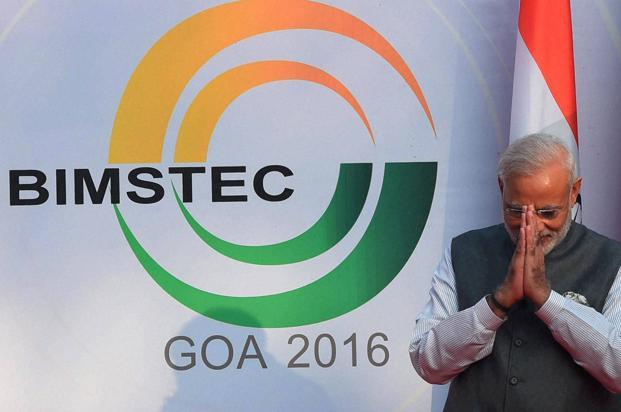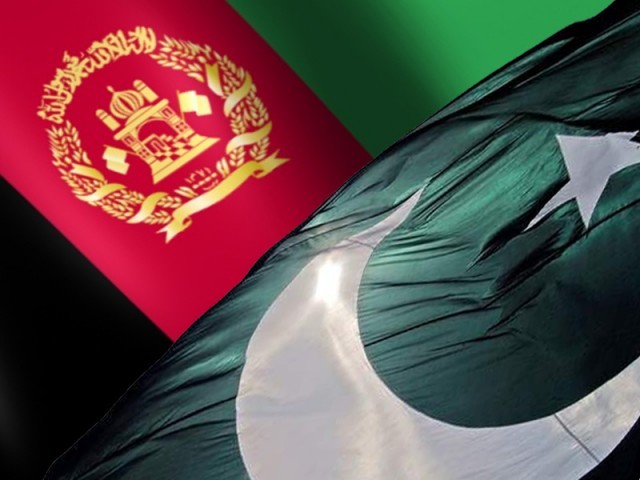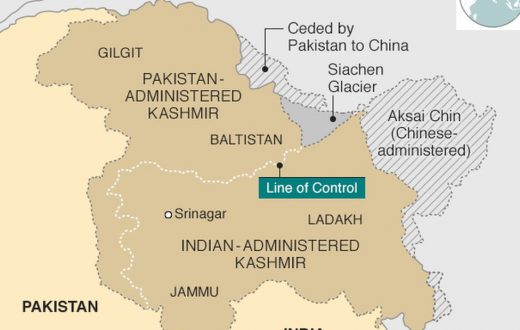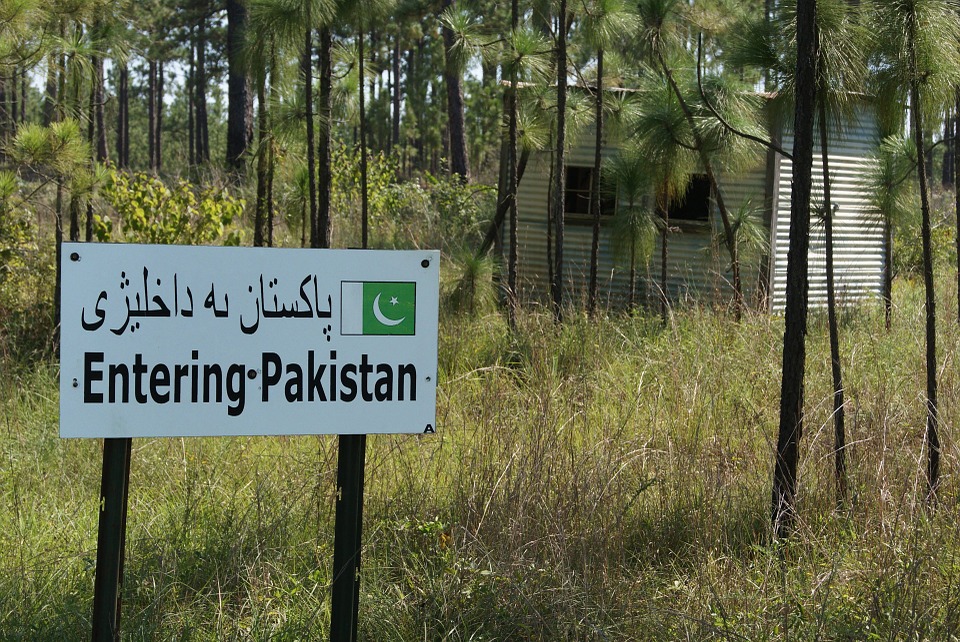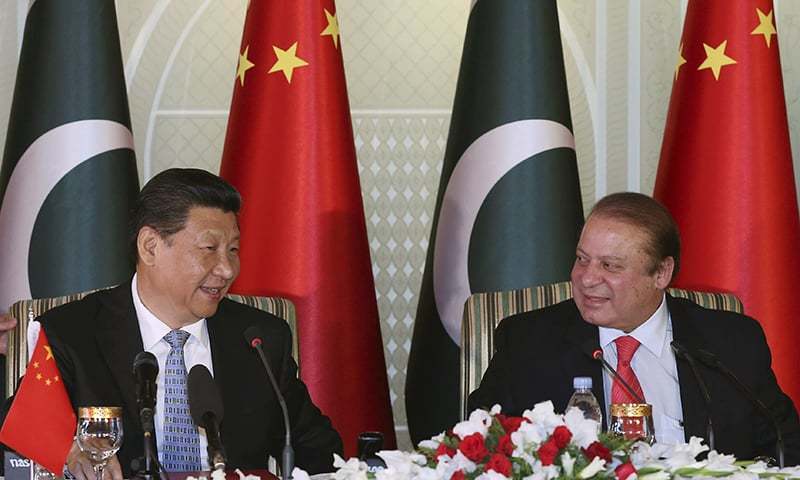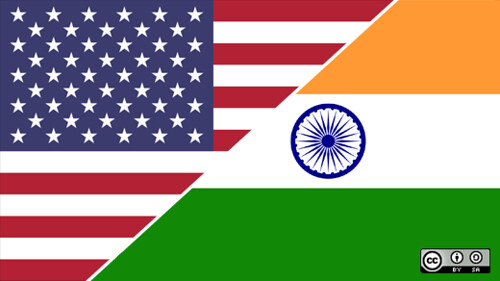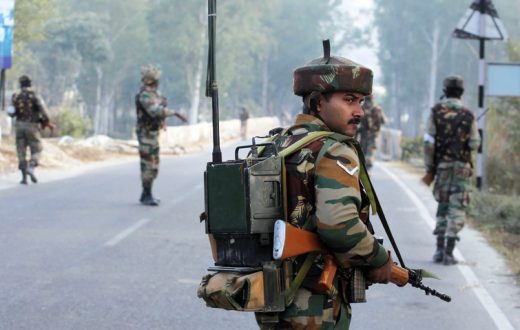BIMSTEC: India’s alternative to SAARC
India’s interest towards the Bay of Bengal Initiative for Multi-Sectoral Technical and Economic Cooperation (BIMSTEC) has been increased in recent years as the South Asian Association for Regional Cooperation (SAARC) has become an ineffective regional bloc. The fourth summit of the BIMSTEC was held in Kathmandu on 30-31st August 2018 with the theme “Towards a peaceful, prosperous and sustainable Bay of Bengal Region”. The leaders agreed on poverty alleviation and increasing road, airways, transmission line connectivity of the member countries while BIMSTEC Free Trade Agreement, Customs Cooperation Agreement and Motor Vehicles Agreement are under negotiation since previous summits. BIMSTEC states have agreed to work towards counter-terrorism where SAARC failed.
Evolution and members of BIMSTEC
BIMSTEC is an International Organization which came into existence on June 6, 1997, through the Bangkok Declaration with the objective of Economic and Technical cooperation among South Asian and South East Asian countries along the coast of Bay of Bengal. It has seven littoral and adjacent member nations in South Asia and South East Asia with the total population of 1.6 billion people. The member countries are the dependent on the Bay of Bengal which includes Bangladesh, India, Myanmar, Sri Lanka, Thailand, Bhutan, and Nepal.
Priority Sectors of BIMSTEC
There are fourteen sectors that have been prioritized in which six such as trade, technology, energy, transport, tourism, and fisheries has been identified earlier and agriculture, public health, poverty alleviation, counter-terrorism, environment, culture, people to people contact, and climate change were added into it in later. Blue Economy and Mountain Economy are the two other priority sectors agreed upon in the fourth summit which was held recently.
India’s interest in BIMSTEC
India has provided 33% of expenditure for the permanent secretariat of BIMSTEC situated in Dhaka. BIMSTEC is important for India as it needs cooperation in the areas of regional connectivity, coastal shipping, space, energy, transport, tourism, and counter-terrorism. Also, New Delhi’s Act East Policy and Neighbourhood First Policy push India to work with BIMSTEC countries. Myanmar is located south of India’s Northeast states of Mizoram, Manipur, Nagaland and Arunachal Pradesh. The Indo-Burmese border stretches over 1643 kilometers. India should maintain a closer cooperation with its neighbours like Myanmar and Bangladesh in order to protect its Northeastern region from the expansionist policy of China and from the growing insurgency in the North East. As the only ASEAN country which shares the border with India, Myanmar serves as a bridge between ASEAN and India.
China’s entry into South Asian region and its massive investment projects in the region has become a major problem for India. Bhutan and Nepal act as a buffer between India and China. Therefore, India needs to work closer with these countries in order to minimize Chinese presence there. Also, as BIMSTEC includes five of the SAARC members and it is seen as a good platform for India segregate Pakistan out of the picture.
However, the newly elected Prime Minister of Pakistan Imran Khan has shown his willingness to host the SAARC summit in Islamabad this year. The last SAARC summit was scheduled to be held in Islamabad in 2016 but India pulled out of the summit accusing Pakistan of a series of following terrorist attacks in the Indian Territory. It’s in the hands of new Pakistani Prime Minister to make use of this platform for confidence building and cooperate with other SAARC members to build a better South Asia.

